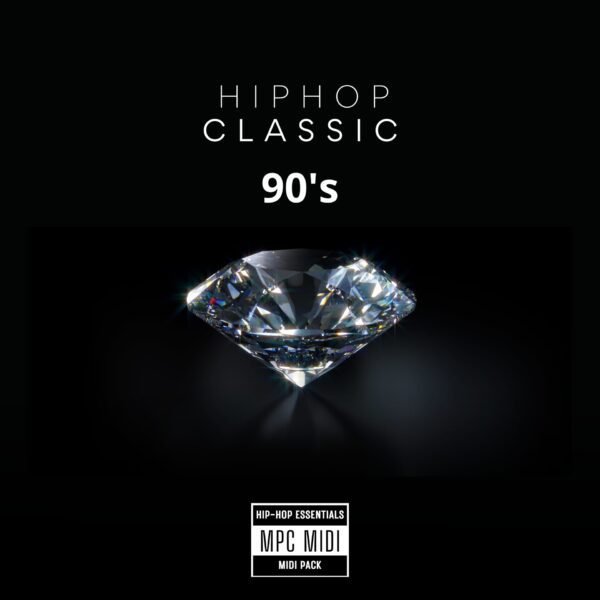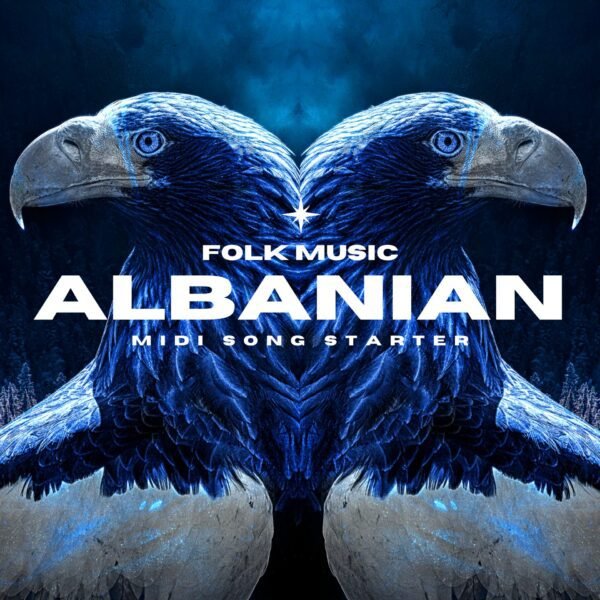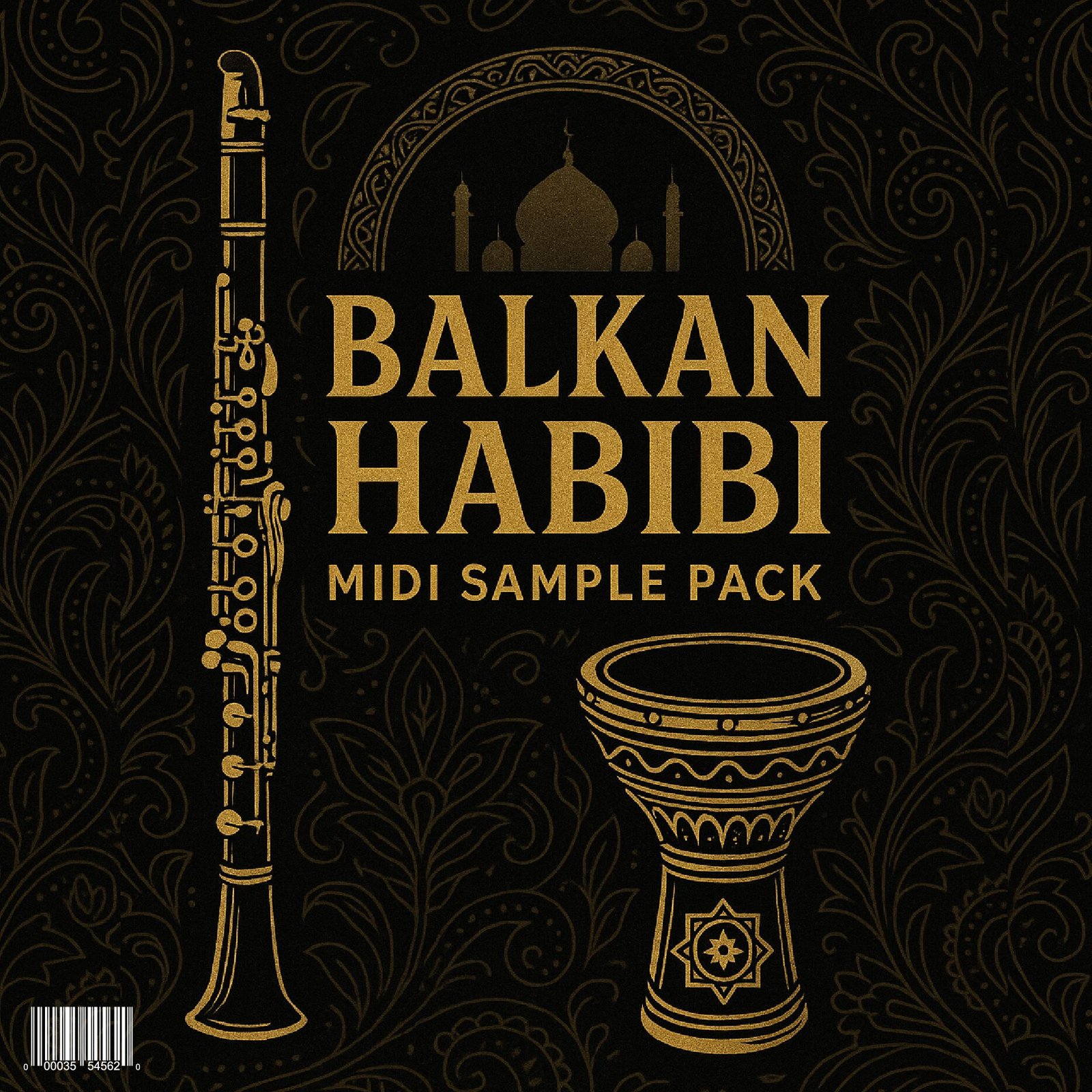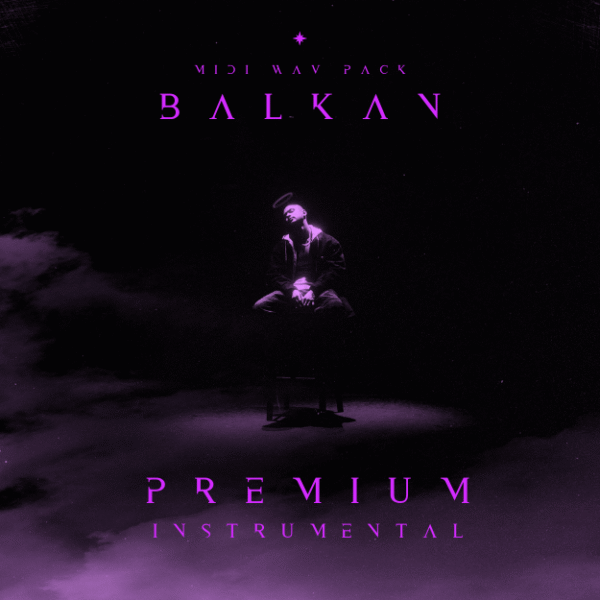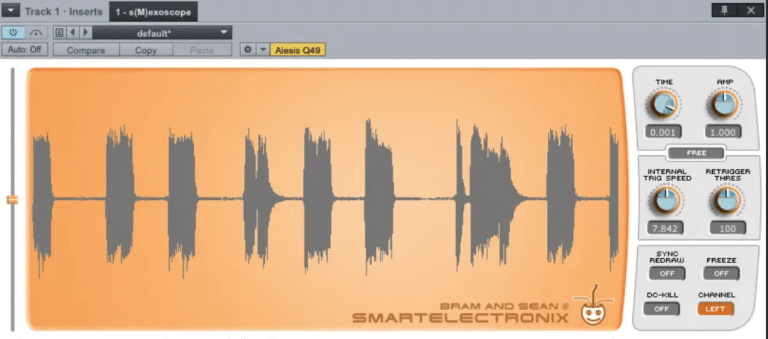Why Your Beats Need a Balkan Twist?
PlugHeads,
this article is the result of some deep digging and hands-on experimentation. I recently studied a great tutorial by LazuraMusic, which inspired me to recreate the whole concept inside Logic Pro, step by step. It helped me better understand how to build those rich, emotional melodies and syncopated rhythms typical of Balkan music.
Today, with just a laptop, a DAW, and some creative curiosity, anyone can jump into music production. But if you want your sound to truly stand out, exploring unique influences is the key—and the Balkans are a goldmine of inspiration.
Let’s dive in and see how you can bring that unmistakable Balkan vibe into your own beats.
CHORDS
Let’s break it down from the ground up—starting with chords.
There’s no magic formula for writing a great progression, and that’s the beauty of it. Some of the best ideas come from trying unexpected combinations. Still, having a solid structure to begin with can help you find direction and boost creativity.
One question I hear a lot is:
“What kind of scale does Balkan music use?”
It might surprise you, but it’s not some mysterious or ultra-rare scale. Most Balkan-style tracks—just like plenty of Western ones—are based on the natural minor scale.
For this walkthrough, we’re working in G minor. Set your tempo to 100 BPM, and let’s put together a progression that’s simple, catchy, and full of character.

In many Balkan pop/trap beats found on YouTube or BeatStars, the chords are often played with a plucky, syncopated rhythm—something that feels a lot like reggaeton. If you listen closely, you’ll notice that the groove often mimics that signature reggaeton bounce.
To start building that vibe, choose a short, percussive instrument like a kalimba, mallet, piano, or a synth pluck. Begin by laying down your root notes using 16th notes—usually right at the start of each bar. This sets the groove and leaves plenty of space for layering those punchy two-note harmonies later on.

For this example, we begin with: G → Bb → Eb → F. At this stage, we’re only placing single notes—not full chords—which will help establish a groove later on.
The root notes are marked in orange, and the two-note chords (dyads) are in red.
Each dyad starts on the 4th and 7th sixteenth note, creating a syncopated rhythm.
- The first dyad starts 3 semitones above the root, and the second note of the dyad is 4 semitones above the first— this forms a major third.
(Example: root note D4) - The second dyad starts 2 semitones above the root, and the note above it is 3 semitones higher, again forming an interval of 4 semitones in total.
- The third dyad begins 4 semitones above the root, and the two notes are 3 semitones apart, just like the first dyad.
- The last dyad repeats the same pattern as the third one.
In short, this pattern uses a mix of small intervals (3 and 4 semitones) and syncopated timing to make the rhythm feel groovy and slightly off-beat, avoiding a robotic or rigid sound.
CHORDS

A little trick you can use is to add another note right before the chord hits, just like the screenshot.

CHORDS
To make your chord progression more engaging and fuller, consider adding an extra note on top of each chord—an octave above the root. This creates a subtle melody that adds movement and a richer harmonic texture to your progression. You don’t need to follow strict rules; simply choose notes by ear that sound good and align with the mood of your track. Small variations like this can significantly elevate the sound and make your chords stand out.

And that’s it for the chords! But if you prefer the simpler, more straightforward sound from before, that works too! The key is finding what resonates with your track.
BASS
Now it’s time to bring some low-end energy into the mix—let’s add the bass.
Pick a bass preset that matches the mood of your track. It really comes down to personal preference, but in most cases, a short, snappy bass with minimal decay and release works best. This keeps the rhythm tight and avoids clashing with other elements.
Use the root notes from your chord progression (or the single notes we placed earlier), and build a groove that locks in with the chords. The goal is to create a bassline that supports and enhances the bounce, giving the track more drive and movement.

BASS + CHORDS
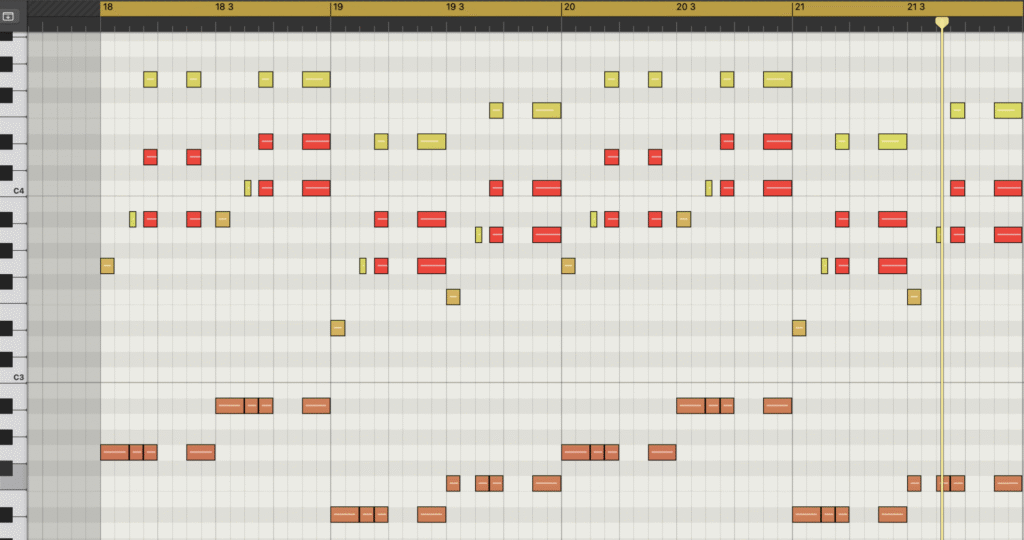
PAD
In many Balkan-inspired beats, the pad sound serves as a soft, atmospheric layer that adds warmth and emotional depth without overpowering the rest of the arrangement. These pads often have a slow attack and long release, creating a smooth, evolving texture that sits behind the lead melody and chords.
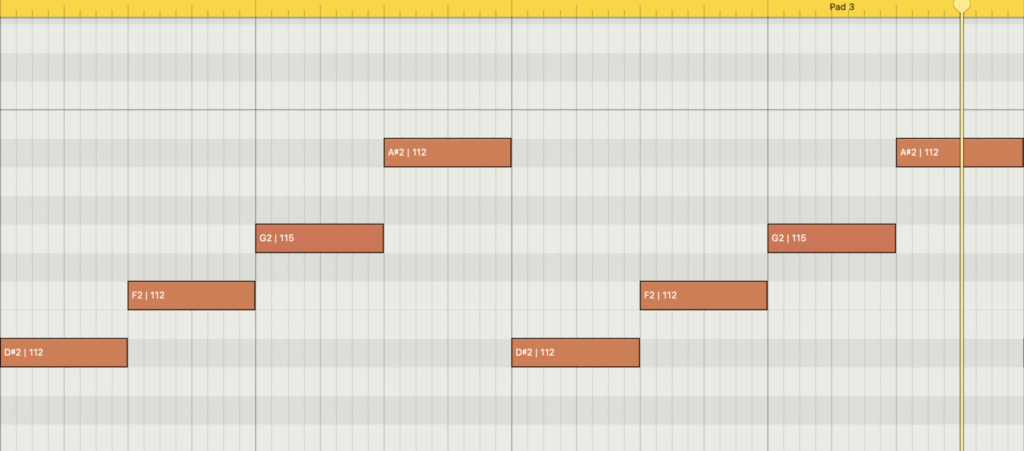
DRUMS
As we touched on earlier, the drum patterns—and even the drum sounds themselves—often draw inspiration from reggaeton. The kick drum usually sticks to a simple “four on the floor” pattern, similar to what you hear in house music.
But don’t feel limited—there’s plenty of room to experiment. You might try a dancehall or pop-style kick pattern. Most variations work well as long as they keep the groove alive and moving.
KICK

The snare pattern also draws from reggaeton or dancehall, often coinciding with the chords to emphasize the rhythm. Instead of a traditional snare, you could use a rim shot or a sharp, short clap for a tighter, more punchy effect.
SNARE

Hi-hats don’t follow a strict formula in this genre, offering room for creativity. Experiment with different rhythmic variations, incorporating rolls, triplets, or syncopated hits to make the groove more engaging. Adding extra percussion on the offbeats can inject more energy – sounds like toms, congas, or ethnic percussion (such as djembe, daire, or tupan) can help evoke a Balkan-inspired vibe.
If you’re on the hunt for the right drum sounds, check out our Balkan Sample Pack , which features samples commonly used in this style.
Crafting the Lead Melody
The lead melody is the heartbeat of any Balkan-inspired track — it’s what makes the sound instantly recognizable and full of life. Unlike many electronic genres where melodies loop predictably, Balkan leads evolve and breathe, giving the music a more organic, emotional flow.
What really sets these melodies apart are the ornaments — tiny musical flourishes that add flair and expression. These subtle twists and turns bring depth, emotion, and a unique character that define the Balkan vibe.
Common ornament techniques include quick note slides, grace notes, trills, and mordents — all little details that transform a simple melody into something captivating and rich.
If you want to dive deep, learning to play the keyboard can be a game changer. While online tutorials are great, having a teacher to guide you personally can make a huge difference — helping with technique, music theory, and giving real-time feedback.
That said, many producers prefer programming melodies directly into their DAW’s MIDI editor. If that’s your style, don’t worry — there are plenty of tricks to create expressive, dynamic leads right inside the piano roll. Let’s explore some of those next!
Without getting too deep into music theory, here are a few practical tips for creating authentic Balkan-style melodies.
The accordion is a classic Balkan instrument and an excellent choice to start with. Other frequently heard instruments in Balkan music include the trumpet, saxophone, and clarinet. Luckily, many DAWs come with multi-sampled presets for these, like Reason’s collection of brass instruments.
The kaval, a traditional wooden flute, is another iconic sound, though honestly, any flute VST can work nicely. If you want an affordable plugin with oriental instruments, click here.
A big part of crafting Balkan-style melodies lies in the use of ornaments — little embellishments that bring expressiveness and character. Here’s a simple way to add ornamentation in your MIDI editor:
- Start with a whole note.
- Zoom into your MIDI grid so each bar is divided into 16 parts (sixteenth notes).
- Add a note on the second sixteenth note of the bar.
- For more complexity, add another note by skipping one sixteenth note between them.
This technique introduces rhythmic movement and melodic intricacy, hallmarks of Balkan ornamentation.

Here is another interesting one : (Flute Loop)
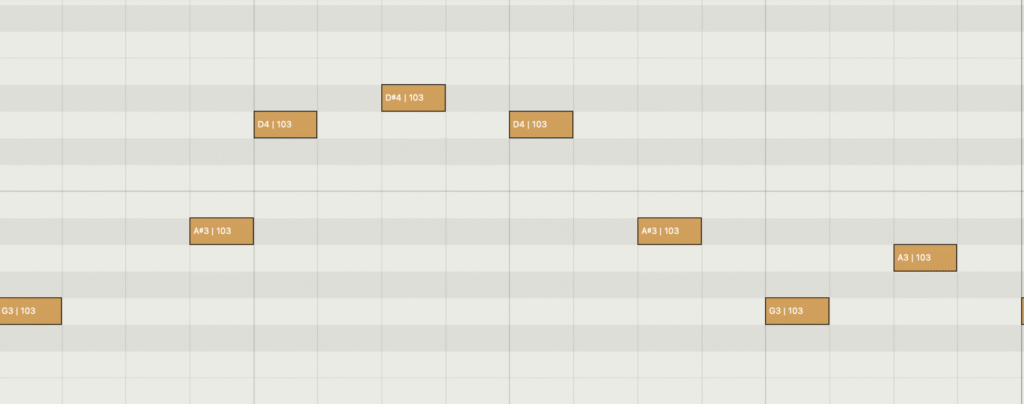
Here is another interesting one, put the ornament on each 4th 16th note:
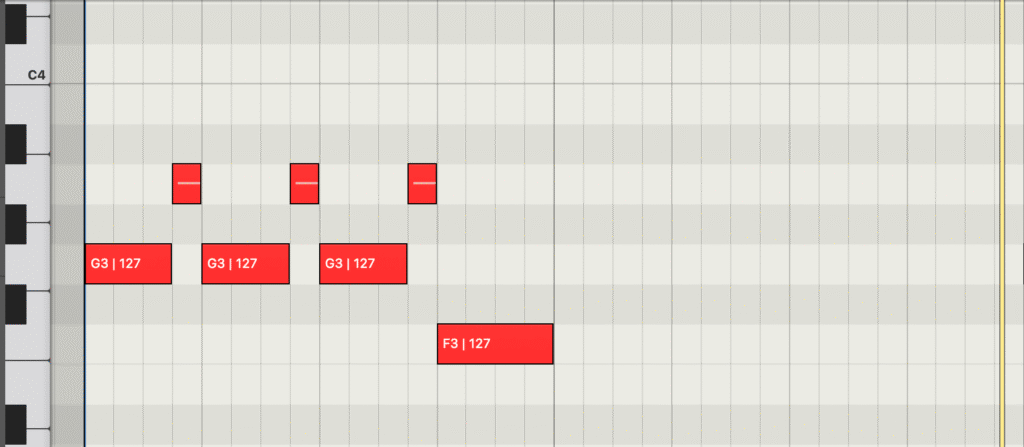
Feel free to experiment with various combinations of ornamentation techniques to shape a sound that’s uniquely yours. In the full melody we crafted for this tutorial, you’ll notice how we’ve layered different types of ornaments to inject movement, emotion, and personality into the phrase. These subtle details are what truly bring a Balkan-inspired melody to life.
One key detail: the melody isn’t perfectly quantized. That’s because it was played live on a keyboard, capturing the subtle timing variations and natural expression that give it life. But don’t worry if you’re not a keyboard player—there are still plenty of ways to create that organic, human feel. Slightly shifting MIDI notes off the grid or adjusting their velocity can go a long way in making your programmed melodies sound more natural and expressive.

You can slightly nudge some MIDI notes off the grid to replicate natural human timing, or use a MIDI effect to “humanize” your melody. These subtle adjustments can make a big difference, adding depth, emotion, and a more lifelike feel to your music.
Humanize in Logic Pro
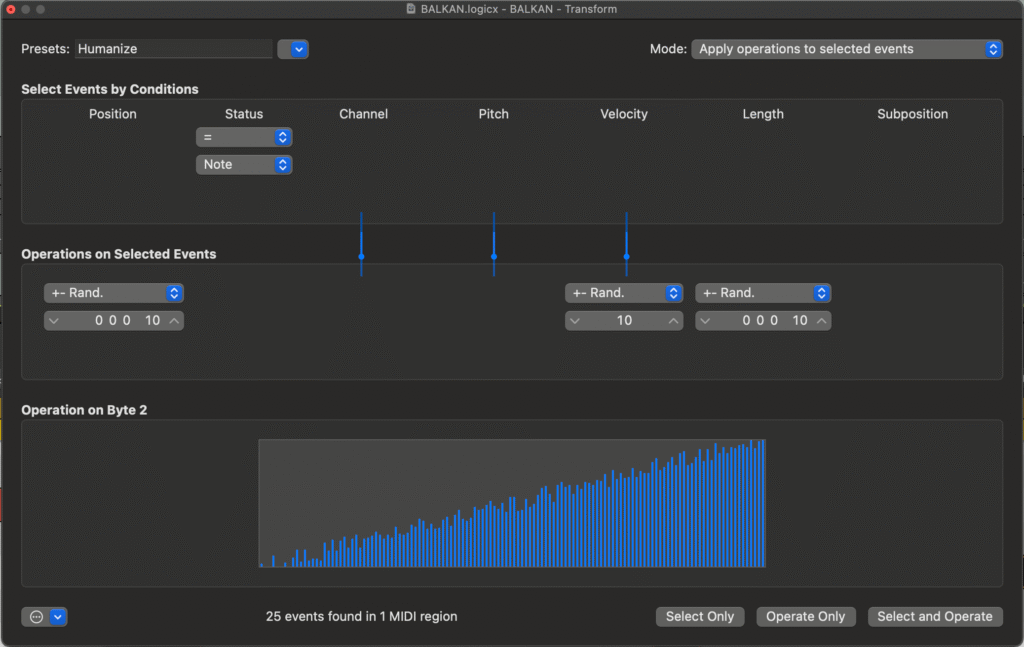
Exploring Balkan music is more than just borrowing sounds — it’s about diving into a rich musical tradition and reinterpreting it through your own creative lens. From intricate lead melodies to rhythmic chords, ornamentation, and expressive pads, every element plays a role in capturing that unmistakable Eastern European vibe.
Whether you’re producing trap, pop, reggaeton, or experimental electronic music, adding Balkan influences can help you stand out with a fresh, emotionally resonant sound. Don’t be afraid to experiment, study traditional references, and above all — have fun with it.
Special thanks to Lazura Music for the inspiration and knowledge shared in his tutorial — it truly helped me better understand the nuances of this style and bring this article to life.
If you found this guide useful, let me know in the comments or shoot me a message. And if you’re looking for ready-to-use Balkan MIDI packs and sounds, be sure to check out the shop on my blog. More inspiration is just a click away.
Thanks for reading — and happy producing, Plugheads! 🎶
Bestsellers
-
90s Classic Hiphop MPC Midi Beats Starter
Original price was: € 29,00.€ 9,99Current price is: € 9,99. -
Albania Song Starter Euro Pack 2025
Original price was: € 29,99.€ 9,99Current price is: € 9,99. -
Albanian Folk Midi Pack Song Starter
Original price was: € 19,99.€ 9,99Current price is: € 9,99. -
BALKAN HABIBI PACK MIDI & WAV
Original price was: € 29,99.€ 19,99Current price is: € 19,99. -
Balkan Instrumental Pack Gmin 100Bpm Pack Midi & Wav.zip
Original price was: € 19,99.€ 9,99Current price is: € 9,99. -
Balkan Love Vol.2 HipHop Beat Pack 96khz 96 BPM Eb min
Original price was: € 29,99.€ 19,99Current price is: € 19,99.

